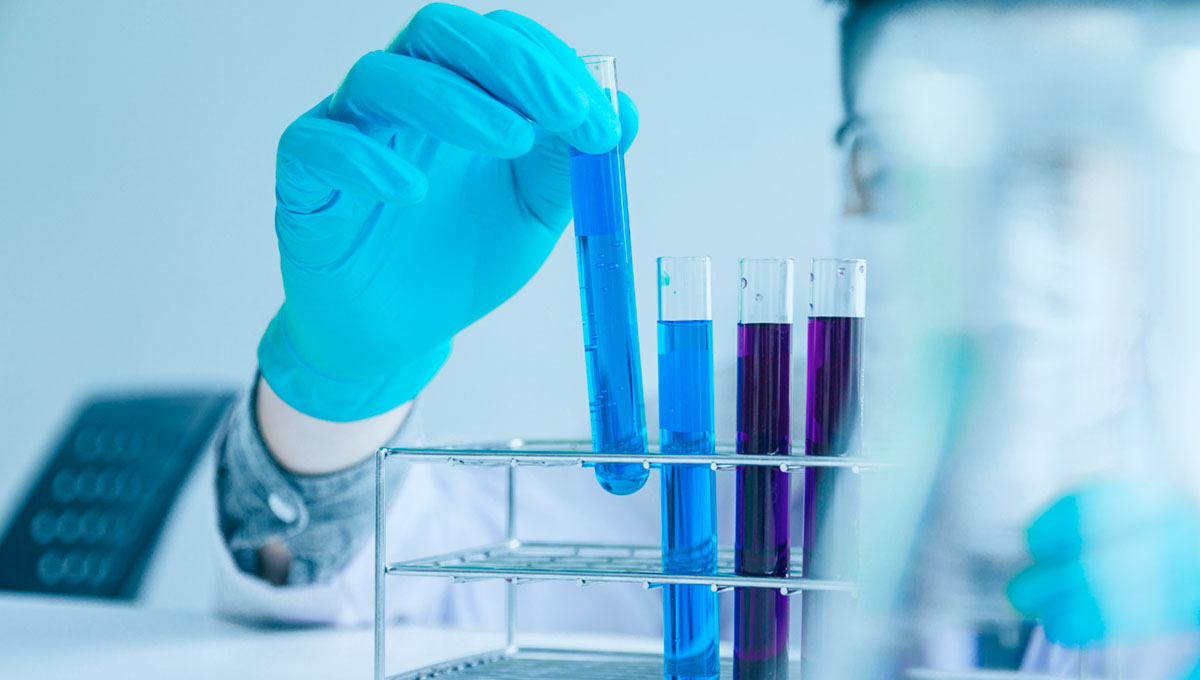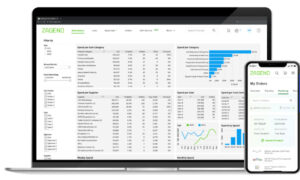Part 1: Top Wet-Lab Techniques Every Scientist Should Know

Scientists are the lifeblood of new product development and innovation. Conducting practical experiments is one of a research scientist’s most important functions. In order to optimize and fast-track results, scientists must be skillful with both instruments and wet-lab techniques.
Lab supply marketplace ZAGENO invited three experts from over 5,000 supplier partners1 to share three wet-lab techniques every researcher should know.
Technique #1: ELISA (Enzyme-Linked Immunosorbent Assay) is used to detect the presence of antigens in biological samples. ELISA relies on antibodies to detect a target antigen using highly specific antibody-antigen interactions and is widely used to study protein / protein interactions for CAR T-cell therapy and vaccine development. There are four main types of ELISA techniques.
- Direct. An antigen immobilizes directly on the surface of a multi-well plate and is detected with an antibody specific for that antigen. The antibody is directly conjugated to horseradish peroxidase (HRP) or other detection molecules.
- Indirect. A two-step detection process in which a primary antigen-specific antibody binds to the target, and a labeled secondary antibody against the host-species of the primary antibody binds to the primary antibody for detection. Indirect ELISA is used to detect specific antibodies in a serum sample by substituting the serum for the primary antibody
- Sandwich. The most commonly used ELISA format, a sandwich assay uses both a capture and a detection antibody, usually called matched antibody pairs. The capture antibody is immobilized and then the antigen is added. One of the antibodies is coated on the surface of the multi-well plate and used as a capture antibody to facilitate the immobilization of the antigen. The other antibody is conjugated and facilitates the detection of the antigens.
- Competitive.
Special attention must be paid to all parameters within ELISA protocol steps, such as coating, blocking, sample addition, detection antibody addition, substrate addition, termination, and OD reading. Supply chain issues are affecting availability of bovine serum albumin (BSA), a common protein blocker, but product alternatives2 include non-fat dry milk, normal whole serum, or fish gelatin. Recipes are also available to make your own substrate in times of shortages.
Benefits for researchers studying protein-protein interactions (PPIs) using ELISA techniques include high sensitivity and specificity, high throughput, ease of use, quantitative results, and the possibility to test multiple sample types. Drawbacks include temporary readouts and limited antigen information.
__________________________
1 Would you like to improve your experiment results? ZAGENO is happy to connect scientists with subject matter experts to help with experiments in an advisory role.
2 Use of self-service lab supply marketplace ZAGENO is a cost-effective, time-sensitive way to source alternative products in times of shortages.
Are you interested in learning more about applications and techniques that you can use day-to-day on the bench? Sign up to be notified of upcoming ZAGENO educational content webinars.


